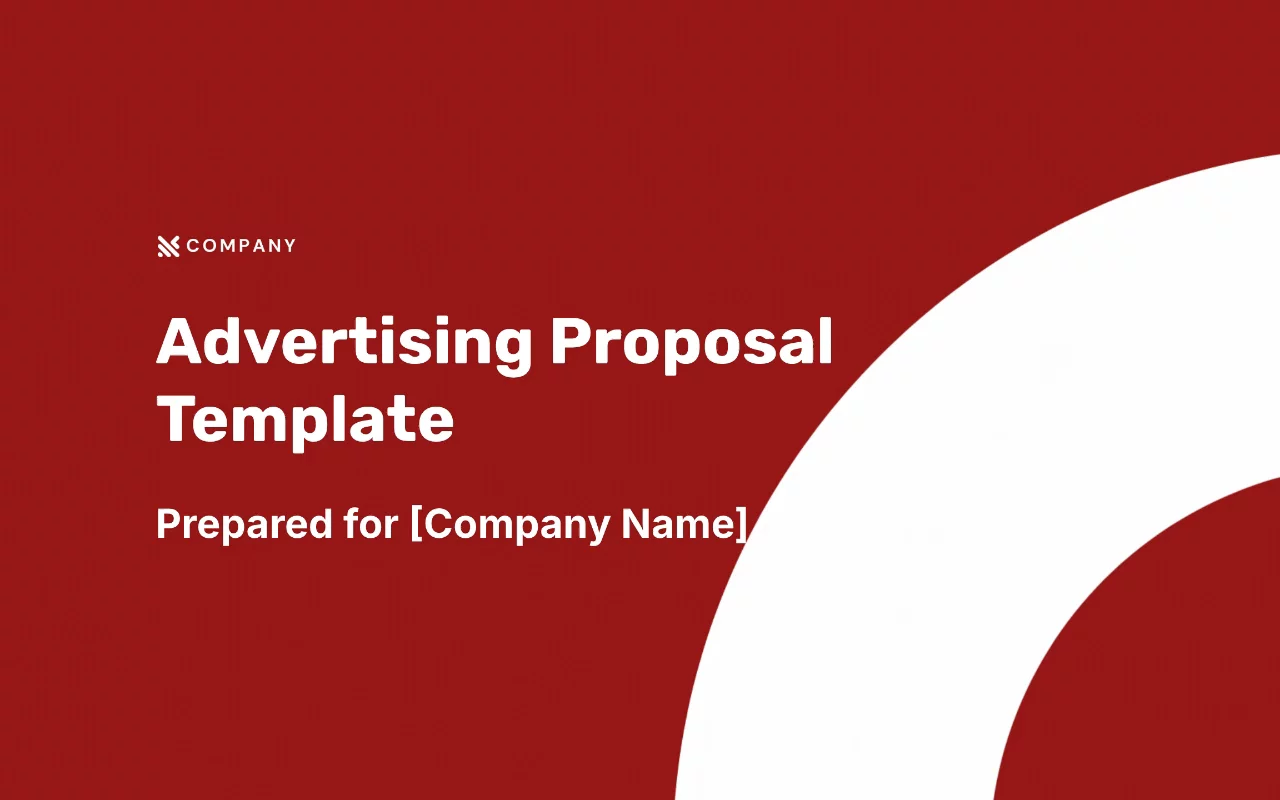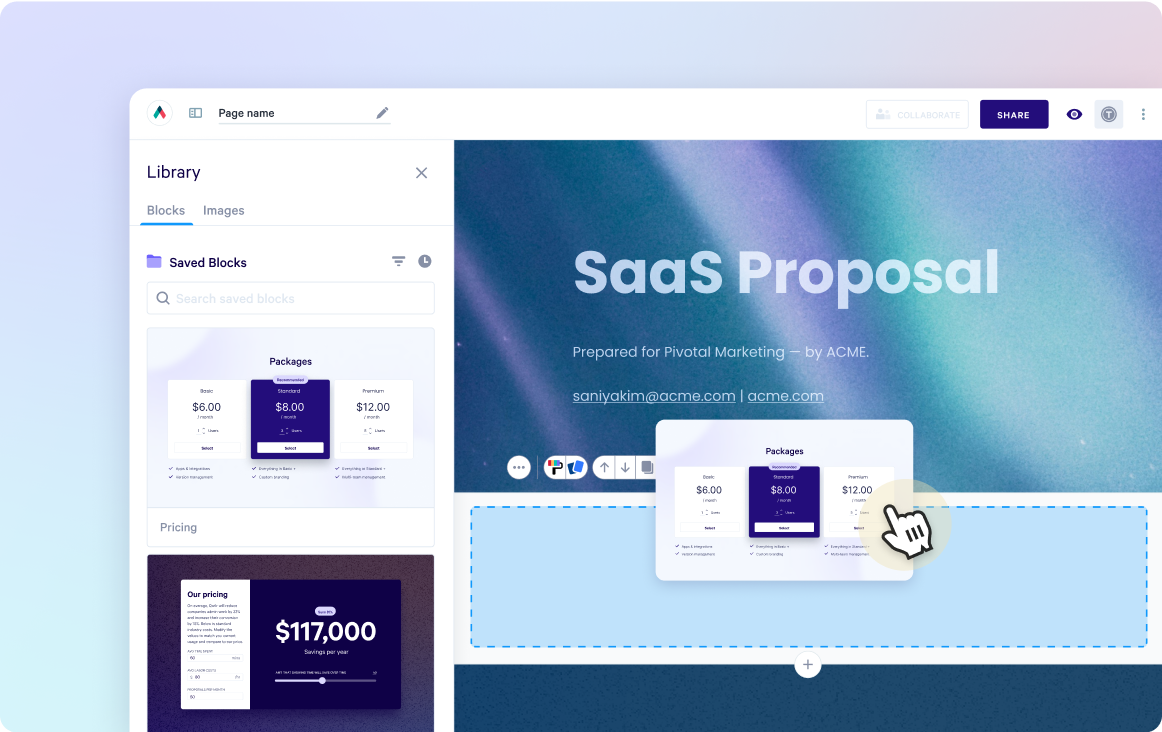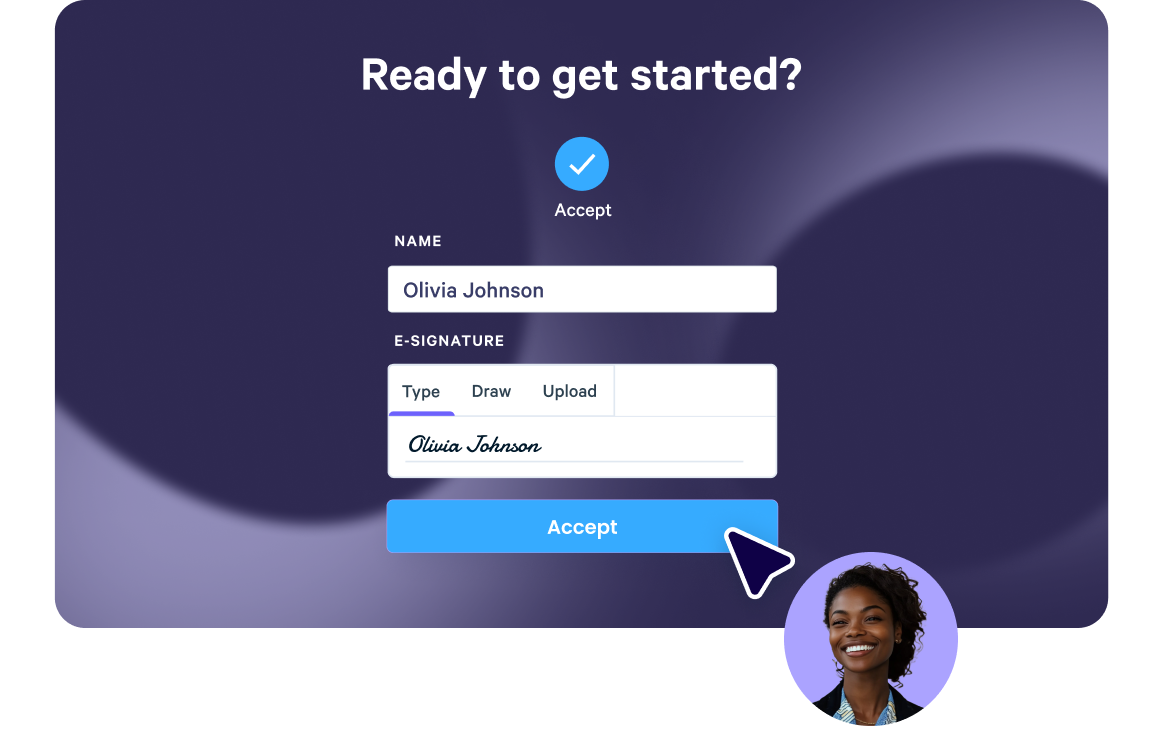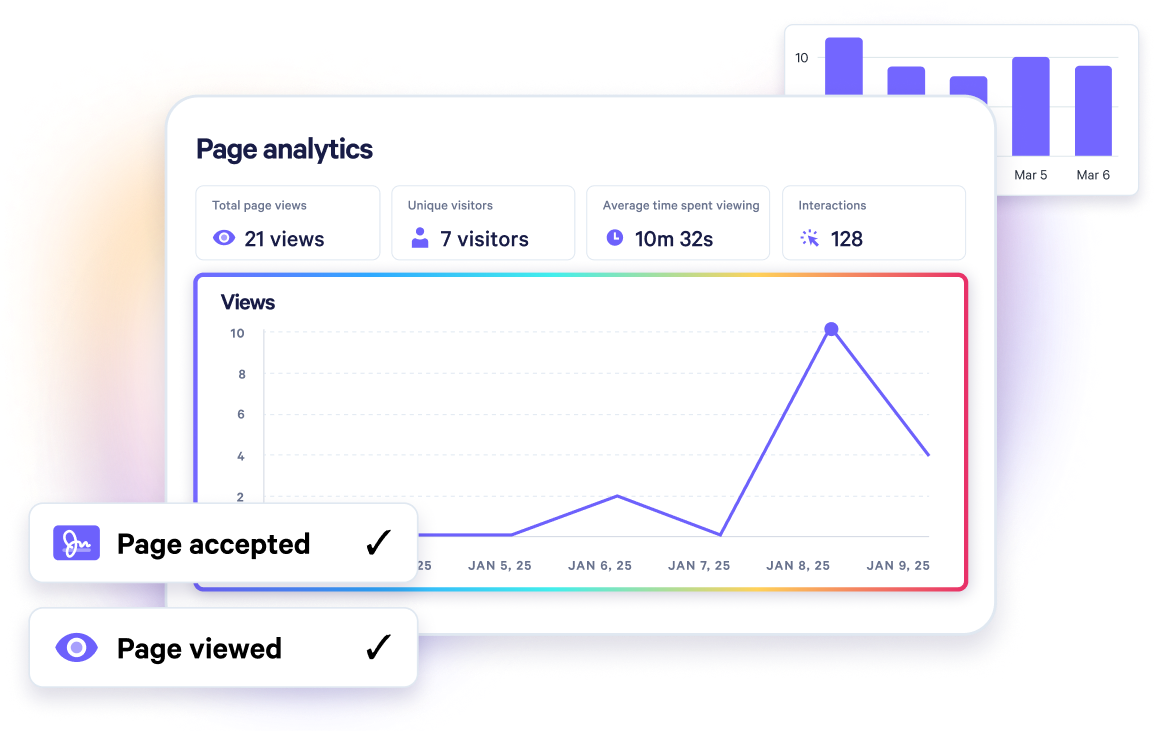Advertising Proposal Template
Land clients with a captivating, well-organized, and persuasive Advertising Proposal – design a creative, targeted, and impactful proposal in no time.

About this template
Win over clients and showcase your advertising expertise with our interactive template. Designed for engagement and persuasive storytelling, this template enables your team to present a targeted, creative, and results-driven advertising proposal tailored to your client's needs.
Highlight the benefits of your advertising services, including increased brand awareness, improved customer engagement, and better ROI, ultimately securing more business and driving campaign success.
What's included?
- Executive summary
- Your priorities
- 12-month goals
- Current advertising assessment
- Campaign strategy
- How we can help
- Our Team
- Your investment
- Get in touch
Why Qwilr?
Design interactive proposals
Impress buyers with interactive proposals that stand out. Qwilr’s drag-and-drop editor makes it easy to create on-brand, stunning collateral — no design skills needed. Add videos, dynamic pricing, and ROI calculators to deliver a unique experience, while automated brand customizations ensure every proposal looks professional.

Built-in e-sign functionality
Combine stunning proposals, plain-text agreements, and secure e-signatures in one tool. Add print-friendly agreements alongside dynamic content and collect legally compliant e-signatures with ease. Track progress, capture multiple signatures, and close deals faster with Qwilr’s integrated e-sign functionality.

Real-time proposal analytics
Qwilr’s analytics provide full visibility into buyer engagement. Track when proposals are opened, signed, or shared, and get instant notifications for key buyer activities. See what buyers click on, how they engage, and prioritize follow-ups based on real-time insights—all designed to help close deals faster.

Templates for every use case
Explore templates for sales, marketing, customer success, sales enablement and more.
Explore proposal templatesFrequently asked questions
Here are some tips to help you write a compelling advertising proposal:
- Understand the client's needs: Schedule a meeting with the client to discuss their business, target audience, and marketing goals.
- Research the competition: Conduct thorough research on the client's industry and their competitors. This will help you identify gaps in the market and come up with unique advertising strategies.
- Create a detailed campaign plan: This should include the concepts, target audience, budget, timeline, and expected outcomes. Use data and analytics to back up your proposed strategies.
- Showcase your expertise: Include a section highlighting your agency's or business's relevant experience and expertise that sets you apart from the competition. This could include case studies, testimonials, and awards.
- Provide a clear pricing structure: Be transparent about your pricing structure and provide a breakdown of the costs involved in the proposed campaign.
- Include a call-to-action: End your proposal with a clear call-to-action, inviting the client to take the next step in the process.
An effective advertising proposal should be well-structured, providing a clear and concise overview of the proposed campaign and how it'll help the client achieve their goals. Additionally, an effective advertising proposal should include creative strategies and concepts that are tailored to the client's needs and objectives, and provide a clear budget and timeline for the proposed campaign.
It's essential to include a detailed summary of the proposed advertising campaign, highlighting the creative concepts, target audience, budget, and timeline. Additionally, your proposal should include a section about your agency's or business's relevant experience and skillset, showcasing why you're the best option for the client. Finally, remember to add a call-to-action, encouraging the client to take the next step with your agency.
The structure of an advertising proposal can vary depending on the specific needs of the client. However, generally, an advertising proposal will include an introduction, background information, proposed advertising strategy, budget, timeline, expected outcomes, agency experience, and a call-to-action. Additionally, it's essential to keep the proposal concise, well-organized, and visually appealing.






